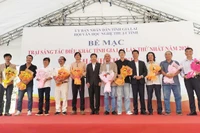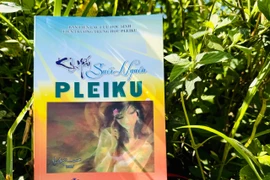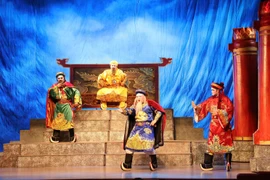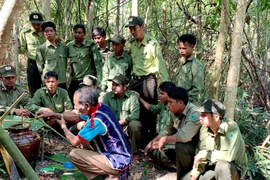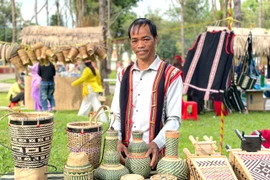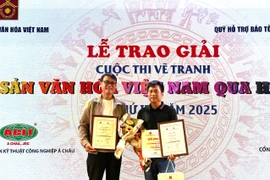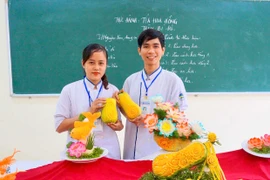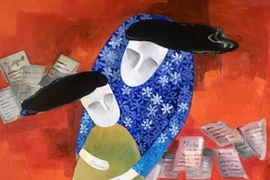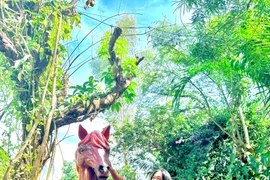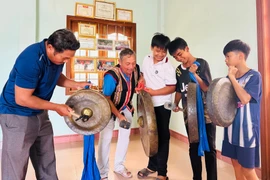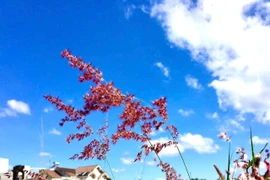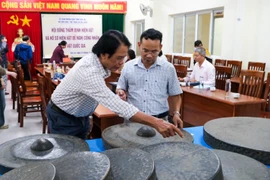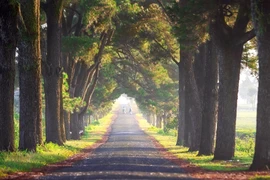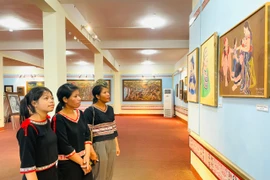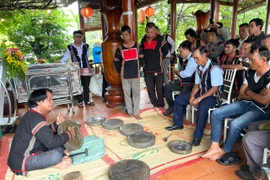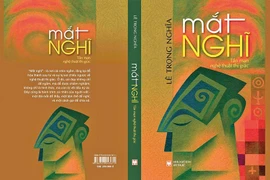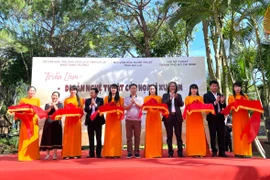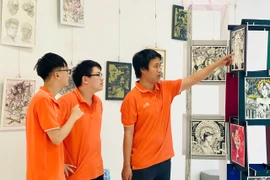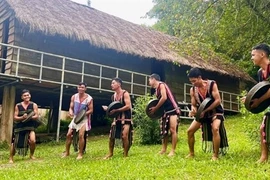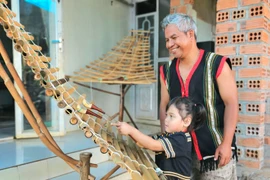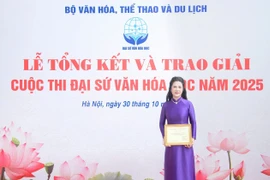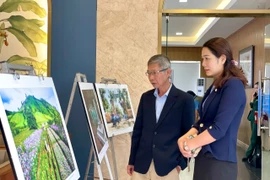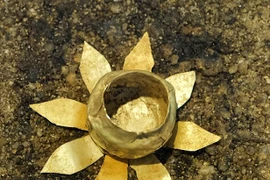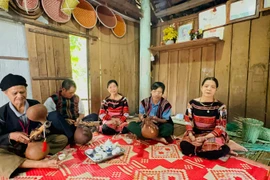Fishermen’s homes in the village, located in Bình Sơn District, Quảng Ngãi Province, often resemble museums.
Glass cabinets brim with porcelain bowls, plates, and vases recovered during dives for seafood.
Locals call it the “fishing village of relics,” where artifacts spanning the 10th to 18th centuries lie scattered beneath the sea.
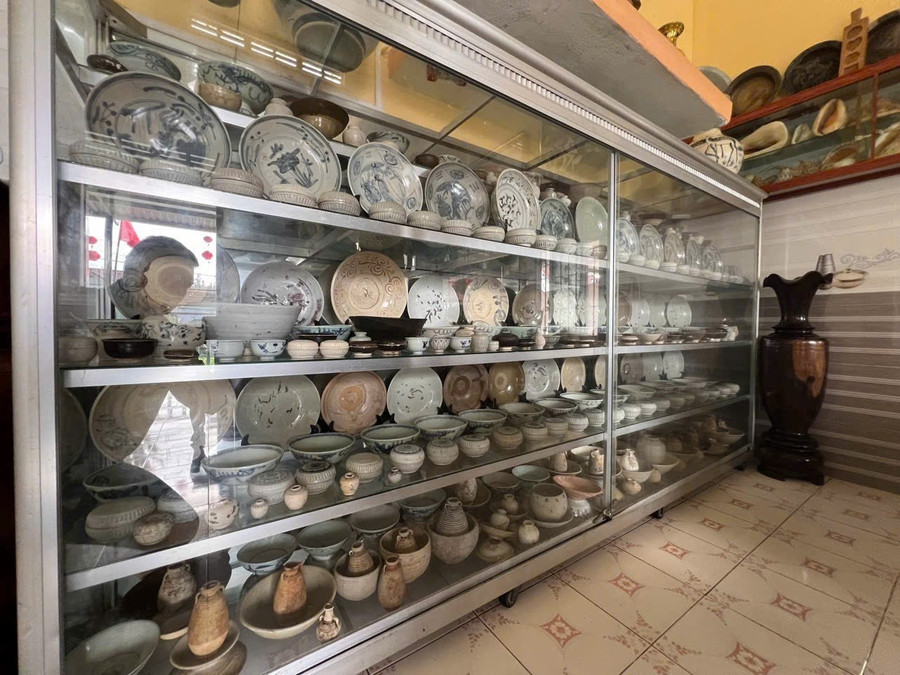
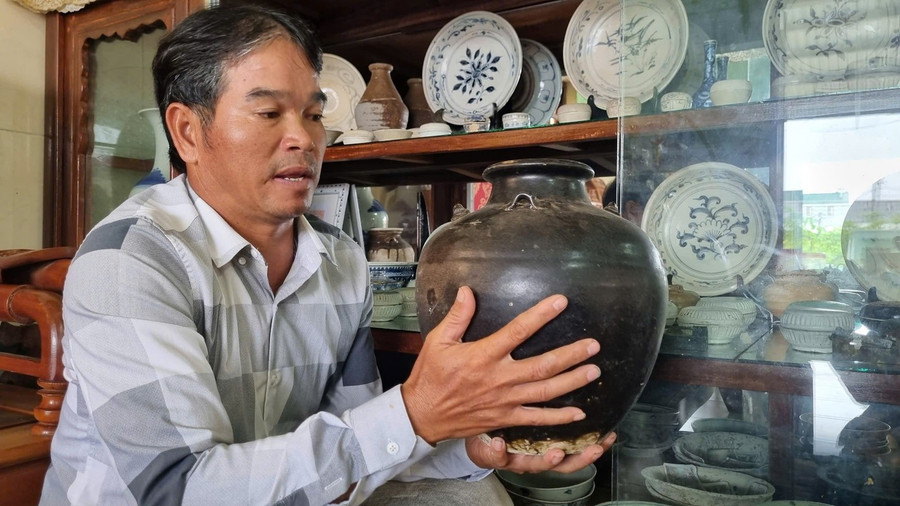
Over the years, more than 10 shipwrecks have been uncovered in the waters off Châu Thuận Biển.
Excavations have revealed Chu Đậu ceramics, celadon ware, and coins dating as far back as the 13th century.
Among the most significant finds were a 2012 shipwreck loaded with porcelain, dating to the late 13th century, and a 2014 wreck containing 17th-century ceramic ware.
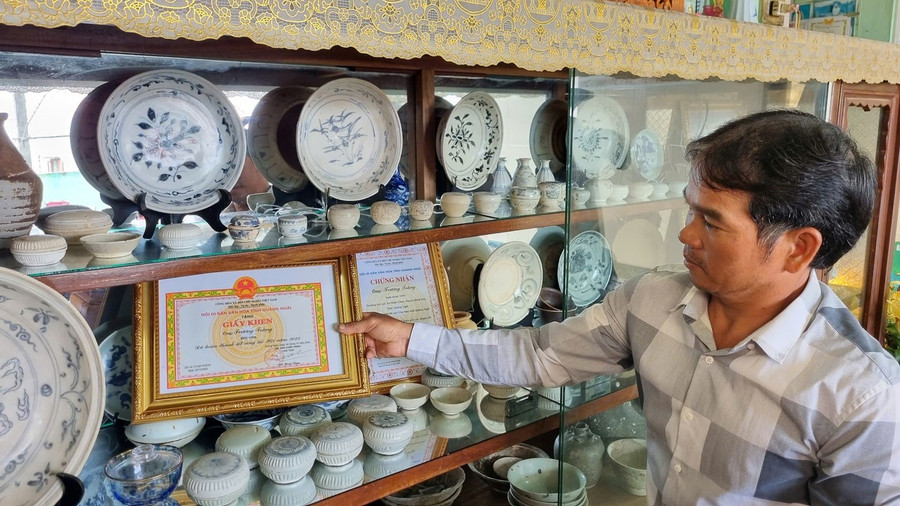
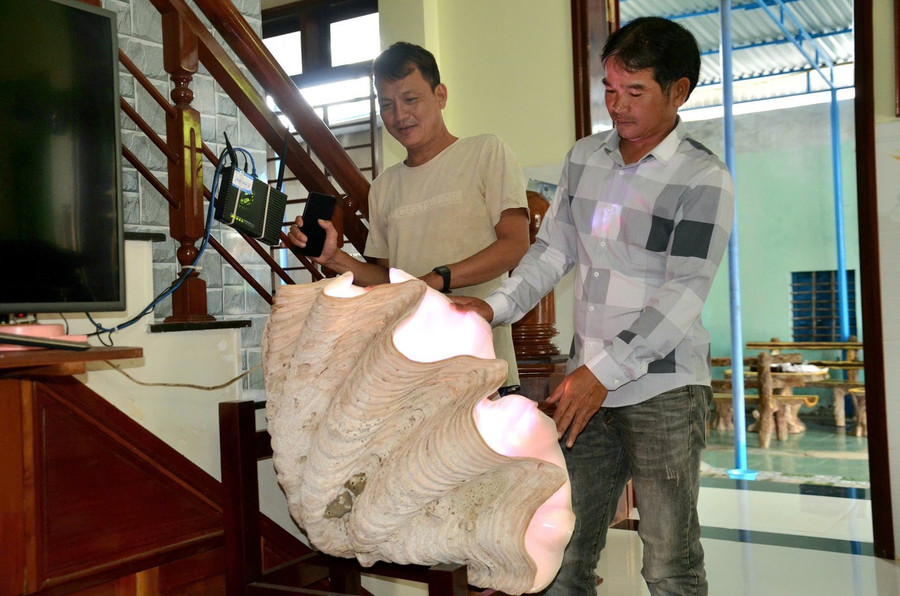
The strait’s treacherous conditions made it both a vital stop for merchant fleets along the maritime Silk Road and a notorious trap where many vessels perished.
“Ships docking here could be sunk by storms or destroyed by fire, sending all their cargo, ceramics, silk, into the sea,” said Dr. Đoàn Ngọc Khôi, Deputy Director of the Quảng Ngãi Museum.
Today, generations of divers continue to preserve this heritage. Local collector Võ Văn Chánh’s modest home houses hundreds of ancient ceramic pieces, from buffalo-hide jars to porcelain plates.
“These are just the ordinary items,” he said. “The rare, valuable artifacts are well hidden. Selling them would be easy, but I won’t.”
Other fishermen, like Nguyễn Cảnh and Trương Tràng, also maintain extensive collections, with authenticated Chu Đậu bowls, celadon plates, and powder boxes dating back 300 to 500 years. Some villagers once unknowingly used the relics for daily meals before realizing their historic value.
The abundance of artifacts underscores Châu Thuận Biển’s place as a living repository of Vietnam’s maritime past.
Nestled between ancient Thu Xà town and the sea, the village continues to embody both the mysteries of the deep and the resilience of its people.

